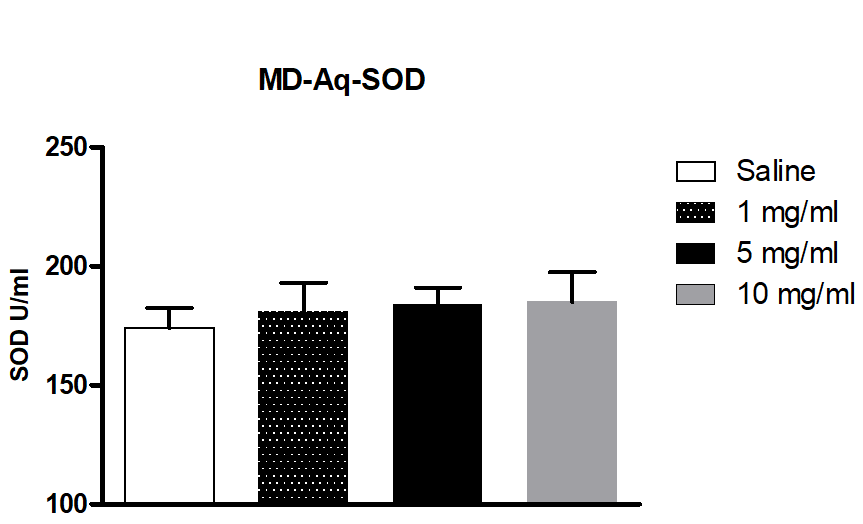Aqueous Extract of Malus domestica Inhibits Human Platelet Aggregation Induced by Multiple Agonists
DOI:
https://doi.org/10.55627/ppc.003.01.0289Keywords:
Malus domestica, calcium channels, glutathione peroxidase, superoxide dismutase, platelet aggregationAbstract
Cardiovascular diseases such as hypertension, myocardial infarction, and atherosclerosis are the major cause of morbidity and mortality in humankind and not only afflict industrialized nations but also affect developing countries such as Pakistan. We attempted to screen one of the most common fruits, Malus domestica (MD or apple), used in Pakistan for its potential cardio-protective effects. The crude aqueous extract (MD-Aq) was prepared and investigated for inhibitory activity against several important cardiovascular drug targets. Activities of antioxidant enzymes such as glutathione peroxidase (GPx) and superoxide dismutase (SOD) were studied, as well as total antioxidant status (TAS). Calcium channel blocking activity was measured using guinea pig ileum in an isolated tissue bath setup. Platelet aggregation studies were carried out using a dual-channel aggregometer. MD-Aq showed dose-dependent improvement in the GPX activity. The highest SOD levels were observed with 10 mg/ml and were 185 U/L compared to 174 U/L for saline, which means no significant effect by MD-Aq. TAS levels were highest at 10 mg/ml of MD-Aq, reaching 1.75 mmol/L of plasma. At 10 mg/ml, close to 90% inhibition of KCl-induced opening of calcium channels was observed, compared with the effect of 1mM Verapamil. At each dose of 1, 5, and 10 mg/ml, a significantly higher arachidonic acid-induced inhibition of platelet aggregation was observed as compared to the saline effect. MD-Aq effects on platelet-activating factor-induced platelet aggregation were less potent. We concluded that MD-Aq could elevate GPX and TAS levels, is inactive at SOD, and is excellent as a calcium channel blocker, a more potent blocker of arachidonic acid-induced aggregation than platelet-activating factor-induced aggregation. These activities can help treat various cardiovascular diseases.

Downloads
Published
Issue
Section
License
Copyright (c) 2023 Fawad Ali, Fatima Shahid, Tehreem Shahid

This work is licensed under a Creative Commons Attribution 4.0 International License.








